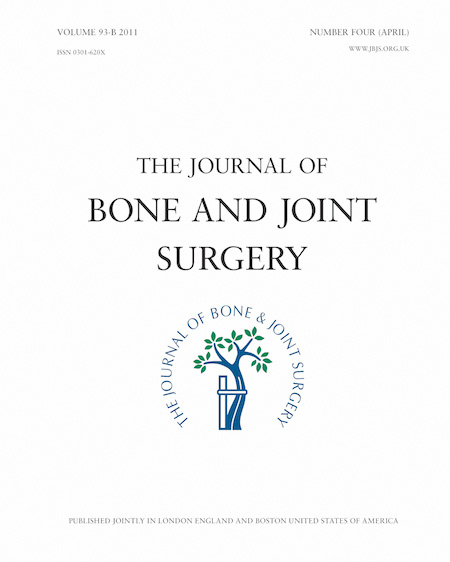
ARTHROPLASTY
Hip Dysplasia: Improved hip flexion range with hip resurfacing arthroplasty procedure
J Bone Joint Surg Br. 2012 Jun;94(6):768-7380 adult patients with Crowe type I or type II developmental dysplasia of the hip (DDH) and secondary arthritis were randomized to receive either hip resurfacing arthroplasty (HRA) or total hip replacement (THR). The results indicate that those that received HRA had improved hip flexion compared to those that received THR. No difference in function was found between the groups. However, patients undergoing HRA had more bone loss from requiring a larger acetabular component. The effects of increased bone loss resulting from a large acetabular component diameter associated with the HRA procedure must be evaluated further to determine if any long term complications will arise.
Unlock the full ACE Report
You have access to {0} free articles per month.Click below to unlock and view this {1}
Unlock NowCritical appraisals of the latest, high-impact randomized controlled trials and systematic reviews in orthopaedics
Access to OrthoEvidence podcast content, including collaborations with the Journal of Bone and Joint Surgery, interviews with internationally recognized surgeons, and roundtable discussions on orthopaedic news and topics
Subscription to The Pulse, a twice-weekly evidence-based newsletter designed to help you make better clinical decisions
Exclusive access to original content articles, including in-house systematic reviews, and articles on health research methods and hot orthopaedic topics
Or upgrade today and gain access to all OrthoEvidence content for just $1.99 per week.
Already have an account? Log in


Subscribe to "The Pulse"
Evidence-Based Orthopaedics direct to your inbox.
{0} of {1} free articles
Become an OrthoEvidence Premium Member. Expand your perspective with high-quality evidence.
Upgrade Now












































































